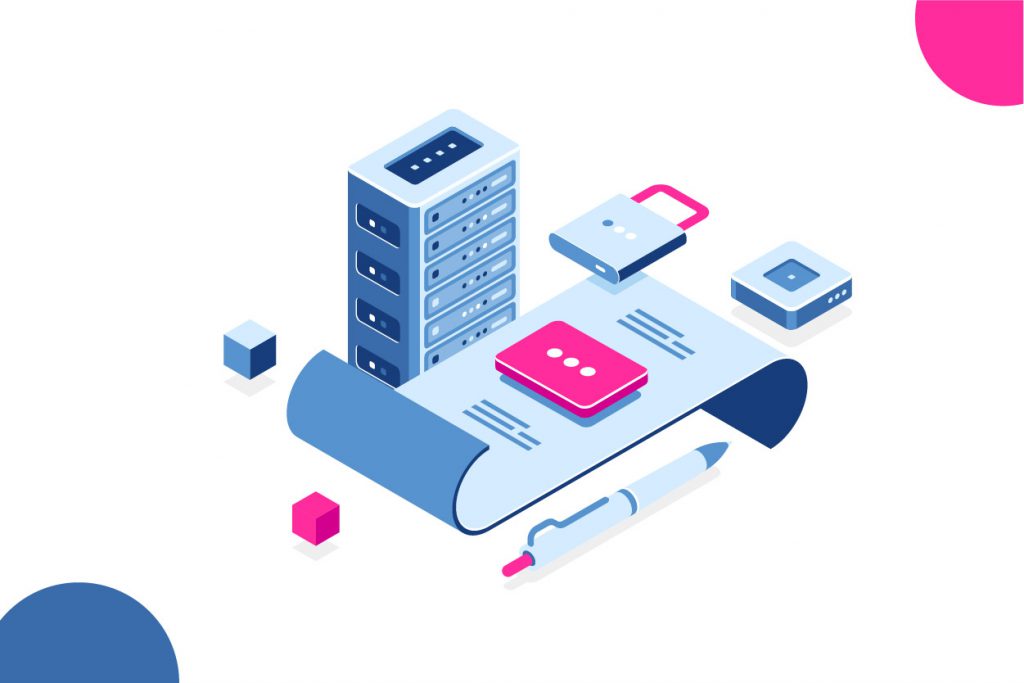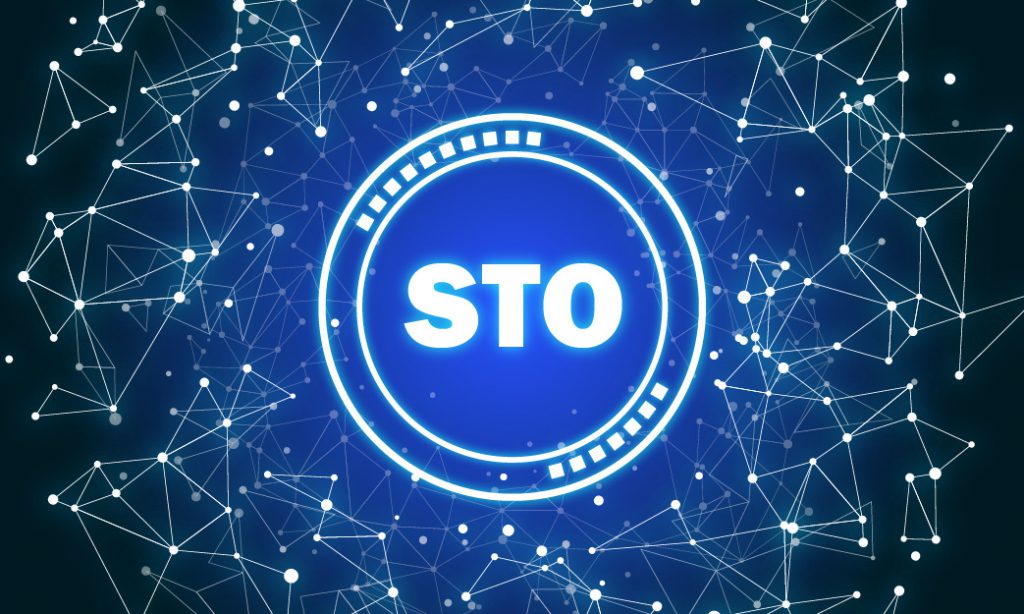Blockchain Hands-On Training Workshop
This course offers developers an intensive training in blockchain technology from building a blockchain to work on real-world projects. Participants will get a detailed picture of the blockchain architecture, platforms and programming, that includes distributed ledgers, smart contracts, consensus, authentication, security, fabrics, Solidity, Ethereum, core layers, applications and more. Hands-on training is provided to build blockchain and decentralised applications for real-use cases.
The course aims to provide participants with an in-depth understanding of blockchain network and smart contracts, and extend their technical skills in blockchain technology through case studies and technical hands-on exercises for implementation of your skills to any blockchain projects.








